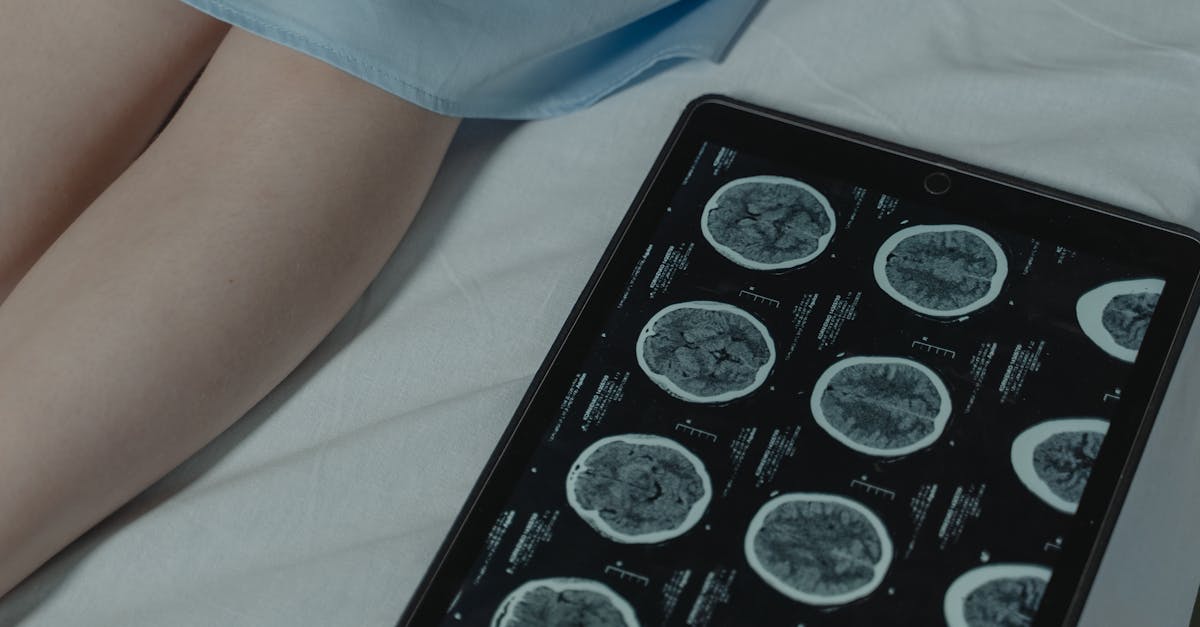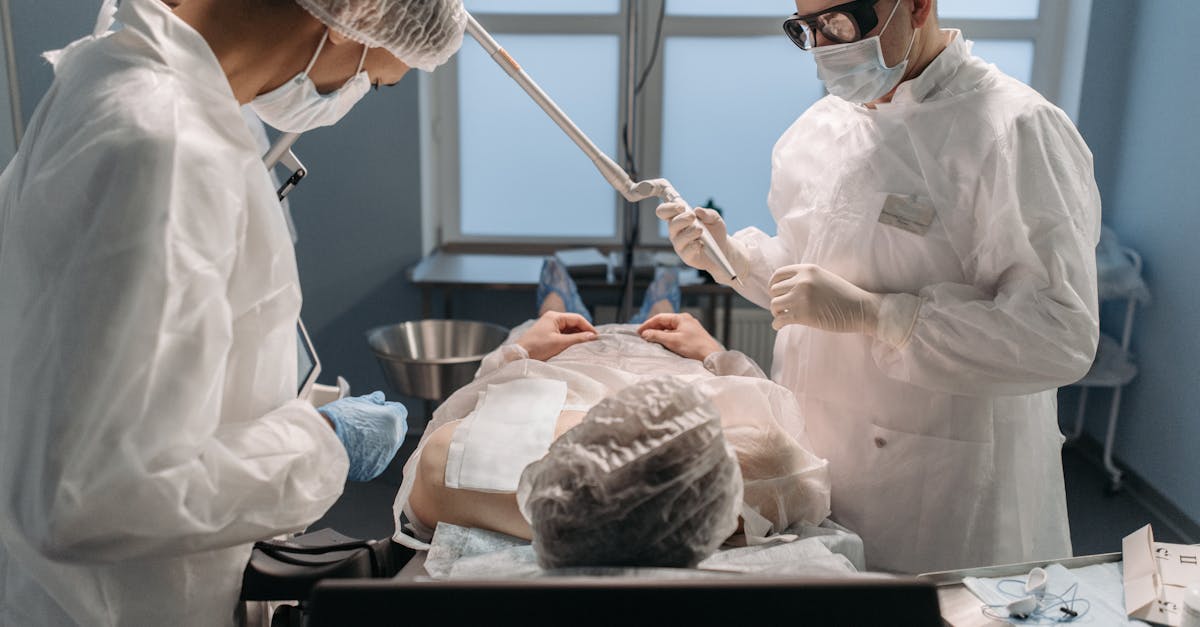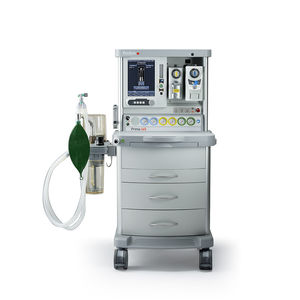Resuscitation of critically ill patients constitutes a field in constant evolution, combining modern practices And innovations technological. Today, the management of multiorgan failure is based on advanced protocols, integrating ever more efficient therapeutic tools. Progress in monitoring, of mechanical ventilation and circulatory support open new perspectives for optimizing survival rates. At the same time, research on new molecules and techniques of resuscitation is intensifying, enriching clinical practices and improving the quality of care provided to seriously ill patients.

Resuscitation of critically ill patients is a medical field in constant evolution, integrating advanced technologies and refined therapeutic protocols. This specialty is dedicated to the care of patients with acute functional failures, often in situations of vital distress. The main goals of this process include saving life, restoring physiological functions and improving the quality of life of survivors.
THE intensive care units (ICU) are specialized environments where these practices take place. The organization of these units is crucial to ensure continuous and intensive care. They are equipped with cutting-edge technologies allowing constant monitoring of vital parameters, as well as elaborate therapeutic devices, such as assisted ventilation systems, cardiac monitors and circulatory assistance devices.
Resuscitation often begins with stabilization vital functions, a process which can include management of the airways, blood circulation and the state of consciousness of patients. Endotracheal intubation is a common procedure to maintain adequate ventilation in patients with respiratory failure. Additionally, administration of medications such as vasopressors is sometimes necessary to support blood pressure and improve perfusion of vital organs.
Another essential dimension of resuscitation is the management of states of shock, which can have various origins: cardiogenic, hypovolaic, distributive or obstructive. Each type of shock requires a specific approach in terms of assessment and treatment. For example, in hypovolaic shock, fluid therapy is often a priority to restore circulating volume, while cardiogenic shock may require the use of circulatory support devices, such as impella or extracorporeal circulations.
There monitoring patients in intensive care is a fundamental aspect. Various parameters, such as heart rate, blood pressure, oxygen saturation and body temperature, are rigorously monitored. Invasive monitoring methods, such as measuring pulmonary artery pressure and thermodilution to assess cardiac output, may also be implemented in some cases.
In addition to technical skills, modern resuscitation must also take into account the ethical aspects and communication of care. Decisions about interventions, particularly in situations where the chances of survival are low, often require dialogue with patients’ families. Respecting the patient’s wishes, as well as assessing the realistic chances of recovery, are key elements in decision-making.
Technological innovations play an increasingly dominant role in resuscitation. The use of artificial intelligence and predictive algorithms can improve the identification of patients at risk and optimize interventions. For example, certain systems can analyze monitoring data in real time to detect anomalies or deteriorations in clinical condition, thus allowing early intervention.
The progress in telemedicine have also transformed the approach to intensive care, offering the possibility of real-time consultations with remote specialists. This can be particularly beneficial for less well-equipped facilities, allowing them to access the expertise needed to handle complex cases.
Another area of innovation concerns drug development and therapies. New classes of drugs, such as immunomodulatory agents and gene therapies, are being explored to optimize the management of critical conditions and improve outcomes. Advances in understanding the pathological mechanisms at work in conditions such as sepsis also open the way to targeted therapies.
At the same time, the rehabilitation early treatment of patients in intensive care is increasingly emphasized. Early mobility protocols and physiotherapeutic interventions aim to reduce complications related to prolonged immobilization and improve overall patient recovery. Multidisciplinary teams, including doctors, nurses, physiotherapists and other healthcare professionals, work together to ensure a holistic approach to care.
Finally, continuing education and research in resuscitation are imperative in order to keep skills up to date and integrate new knowledge. Clinical studies and randomized trials remain essential to validate the effectiveness of current practices and explore new treatments.

There resuscitation Medicine is a complex discipline dedicated to the care of critically ill patients. Faced with contemporary challenges, it is crucial to integrate modern practices and explore technological innovations in order to improve clinical outcomes. This article presents recent advances in resuscitation, as well as recommendations to optimize the care of vulnerable patients.
Rapid and standardized assessment
There speed of evaluation is essential in the resuscitation of critical patients. Standardized protocols should be used, such as ABCDE (Airway, Breathing, Circulation, Disability, Exposure), which allow a systematic and effective approach. Each step must be carefully evaluated to quickly identify potential malfunctions and intervene accordingly.
Advanced monitoring technologies
Technological innovations play a key role in modern resuscitation. The use of electronic monitors allows continuous monitoring of vital parameters, such as blood pressure, oxygen saturation and heart rate. In addition, the devices telemedicine facilitate remote consultation of experts in real time, thus increasing responsiveness to emergency situations.
Protocols for managing circulatory failure
Circulatory failure is one of the main concerns in intensive care. Use fluid management protocols Proper treatment, such as volume-guided filling, is essential to prevent complications. Current recommendations encourage the use of crystalloid or colloid solutions depending on the clinical situation, while closely monitoring the patient’s response.
Integration of mechanized ventilation
There assisted ventilation is a crucial component of the care of critically ill patients. Advanced ventilation techniques, such as controlled ventilation and assisted ventilation, should be used judiciously. It is also advisable to apply lung protection strategies, which aim to minimize barotrauma and optimize oxygenation.
Pain management and sedation
Management of pain and sedation is essential to improve the comfort of patients in intensive care. The use of pain rating scales should be routinized, and a multimodal approach using both opioid and non-opioid analgesics should be considered. This positively impacts the recovery process and the quality of care.
Interdisciplinary collaboration
There interdisciplinary collaboration is essential for effective patient care. Teams must include doctors, nurses, pharmacists and specialist therapists to ensure a comprehensive approach. Regular follow-up meetings allow the patient’s progress to be evaluated and therapeutic strategies to be adjusted accordingly.
Continuing training and simulation
Finally, the continuing education medical teams is fundamental to keeping skills and knowledge up to date. Realistic simulation of resuscitation scenarios allows professionals to practice and build their confidence in emergency situations. These exercises must be integrated regularly into the training program of health establishments.









